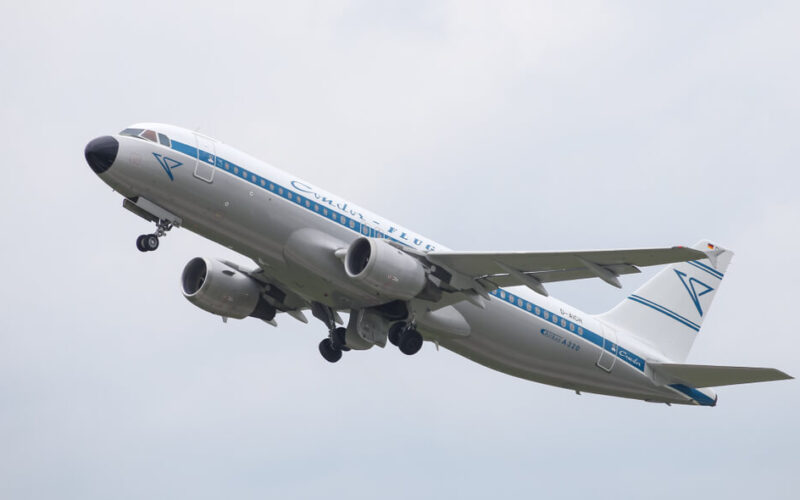The German leisure airline, a former subsidiary of the now-bankrupt Thomas Cook, announced several new routes from Berlin-Schönefeld (SXF) to holiday destinations in Southern Europe. Starting from June 2020, Condor will fly from Germany’s capital to destinations in the Canary Islands, Greece and Italy.
A dedicated Airbus A320 aircraft will be stationed in SXF. Flights to Gran Canaria (LPA) will take off Wednesdays and Sundays, to Fuerteventura (FUE) on Thursdays and Saturdays and to Tenerife (TFS), Canary Islands, Spain on Mondays and Fridays. Connections to Greek destinations, namely Heraklion (HER), Rhodes (RHO) and Samos (SMI) will depart on Mondays and Thursdays; Saturdays; and Tuesdays, respectively. The new lonesome connection to Italy’s island of Sardinia and one of its airports, Olbia (OLB), will depart on Wednesday and Sunday.
Ralf Teckentrup, the Chief Executive Officer (CEO) of Condor, noted that the decision was easy to make due to the commitment from tour operators, which showcased that there is sufficient demand from Berlin to popular destinations in the Spanish islands and in the Mediterranean Sea.
Condor will face some stiff competition on the routes, as numerous low-cost carriers, namely easyJet, Eurowings and Ryanair operate some of the same flights year-round from SXF. However, as of December 30, 2019, Condor will be the only airline to serve the Greek island of Samos (SMI) directly from Berlin.
Previously, when the European Commission approved a $419 million (€380 million) bridge loan to Condor in order for the airline to continue operations throughout 2020, Teckentrup commented that discussions with tour operators are heading towards “a good and successful booking level for summer 2020.”
Latest financial update from the airline on November 26, 2019 indicated that in FY2019, which ended on September 30, 2019, Condor achieved an operating profit (Earnings Before Interest and Taxes (EBIT)) of $63.8 million (€57 million), carried 9.4 million passengers and averaged a load factor of 90%.

